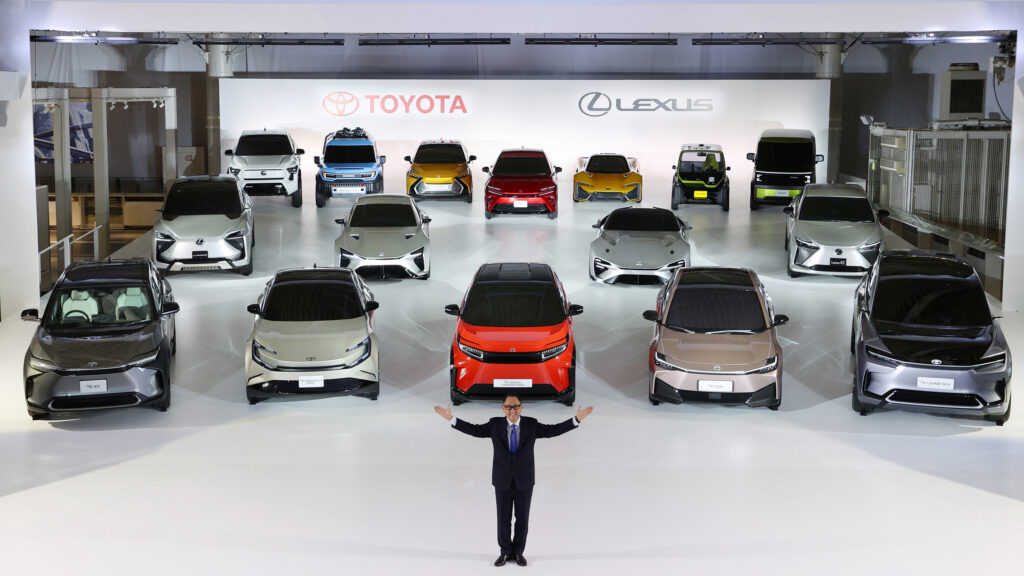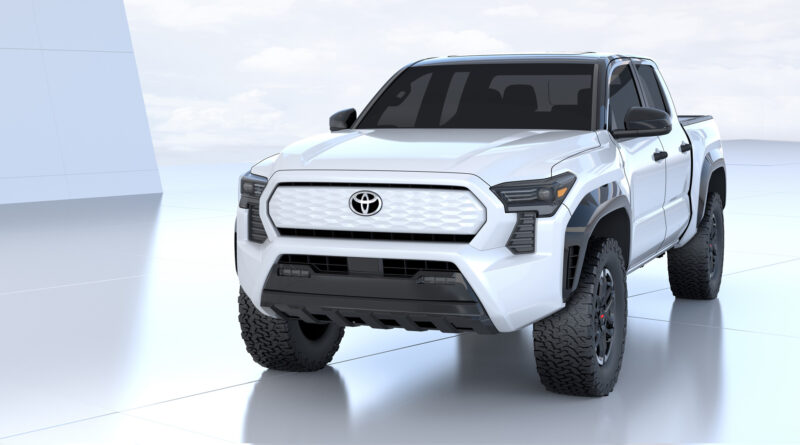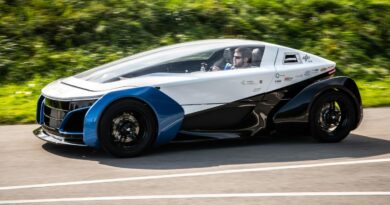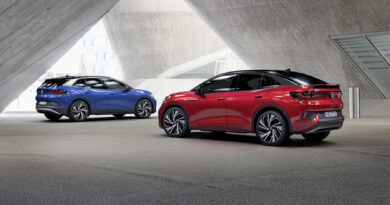Toyota electric ute could be less than 12 months away from Australia, but will fast-tracked HiLux and Ranger-sized dual-cab finally silence diesel-loving doubters?
Toyota’s accelerated global roll-out of battery electric vehicles seems certain to benefit Australia where the Toyota electric ute could be on-sale as soon as 2024.
Australia’s number one selling car brand will launch its first BEV in October or November when the bZ4X medium SUV – a rival for the dominant Tesla Model Y – goes on-sale.
Toyota’s current confirmed plan is to have added at least two more as yet unnamed BEVs to its local line-up by the end of 2026.
READ MORE: Electric vehicle winners and losers: Volkswagen steps up as Toyota, Honda, Mazda and Nissan drop the ball – and Tesla and BYD run away with it
READ MORE: Toyota reveals Tesla-fighting bZ3 electric sedan as it rethinks EV rollout
READ MORE: Aussie electric truck maker SEA joins the race to build a Toyota Hilux EV
But that was before the brand’s new global boss Koji Sato announced a massive ramp-up of ambition last April.
“At this stage our plan hasn’t changed, but it is fair to say that in light of the new announcements we will review our product offering and product line-up,” said Toyota Australian sales and marketing Sean Hanley.
“Where it is possible and where there is a product suitable for the Australian market that can help us on our carbon neutral future then I can tell you we will be lobbying to get it here.
“At the moment we have locked down those three vehicles … but we will certainly look at the opportunity to do more and accelerate along with the global effort.”
The as yet unseen electric ute is part of Sato’s expansion plan. It is due in production before the end of 2023 and is aimed at Asian and developing markets.
Hanley acknowledged it was under study for Australia, where utes are big business and the Toyota HiLux leads the market.

“We are certainly studying everything and we are aware of that vehicle,” he said. “We are aware it’s a prototype at the moment and it’s not actually in production as we speak.
“We will certainly look at all the opportunities. No door is shut. This is a fast-moving acceleration of product going on and we are seeing an acceleration of EVs going on in Australia.
“One of the benefits of being a global company is we get these opportunities to choose these cars.
“But it does come back to: is it right for this market and is it right for what customers will expect and want for that vehicle to do in this market?”
Sato’s uprated EV plan also includes the development of new generation dedicated EV platform with better range and cheaper development costs, vehicle to grid (V2G) capability, improved connectivity and upgraded operating systems.
The company has also established a new EV development centre called the BEV Factory, raised its 2026 global EV sales target from 1.2 million to 1.5 million and committed the equivalent of $55 billion to BEV development out to 2030.
Apart from the ute, Toyota has also confirmed an electric small car is will be targeted at Asian and emerging markets, while a three-row SUV will start manufacture in the USA in 2025.
More bZ models have also been promised, with two concepts at the Shanghai show previewing vehicles that will go on-sale in China in 2024.

Toyota has shown several electric ute concepts recently. In December 2021 former global boss Akio Toyoda revealed 16 Toyota, bZ and Lexus EV concepts including a ute.
A year later Toyoda hosted the unveil of the HiLux-based Revo EV in Thailand.
Meanwhile, Hanley promised the bZ4x would be competitive priced against the Tesla Model Y.
He also confirmed Australia would receive an updated bZ4X with increased range and charging capability.
“By delaying slightly we are going to get the most updated spec for the Australian market, which will be incredibly advantageous for us and that vehicle given it is our first entry for a BEV,” said Hanley.
“We are very confident that vehicle will be well received when we launch. And before you ask me, in 2024 we will have good numbers of those vehicles for sale.”
That reference to numbers was intended to deflect any suggestions potential bZ4X buyers would face long wait times, like those that currently exist for models like the RAV4 hybrid.
So far only software updates have been reported as coming for the bZ4X.
Improvements they provide include helping it get closer to its claimed 470km range in the real world, reduce charging times and double the times it can be charged from 10-80 per cent in 24 hours from twice to four time.
The changes will also apply to the Subaru Solterra, which also goes on-sale in Australia in 2023.
It is as yet unknown if more updates are also coming for the bZ4X that change the current mechanical spec, which includes a 71.4kWh lithium-ion battery.
Overseas the bZ4X is available as both a 150kW/266Nm single motor front-wheel drive and 160kW/337Nm dual motor all-wheel drive.
Pricing for the Model Y – which is also Australia’s fifth best-selling SUV to the end of May 2023 – starts at $69,300 for the single motor Rear Wheel Drive and $82,300 for the Dual Motor All-Wheel Drive.
“I’ve often said BEVs aren’t cheap but we also know that in an accelerating BEV market we have got to be competitive,” said Hanley.
“The BEV market is changing a lot, it is moving and dynamic and we are looking forward to being part of it.”




